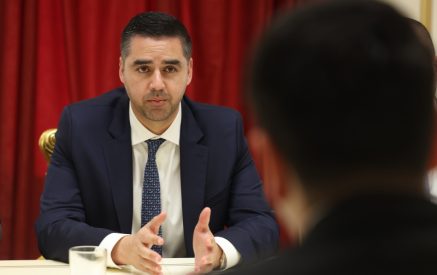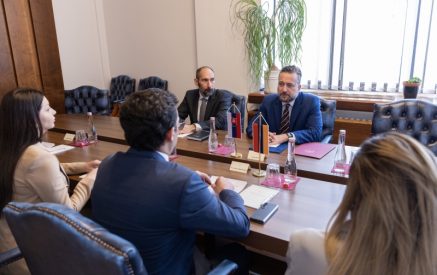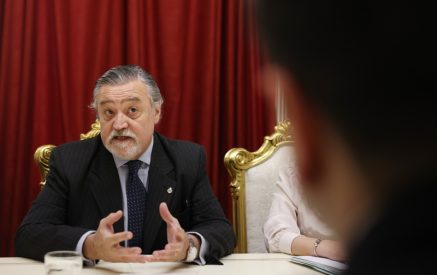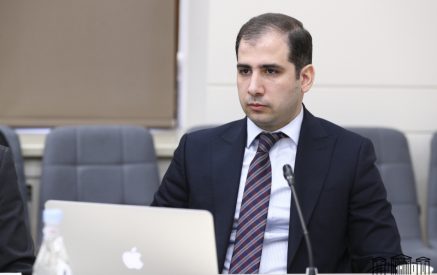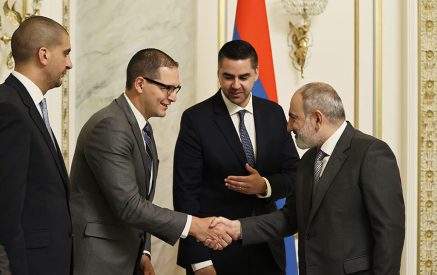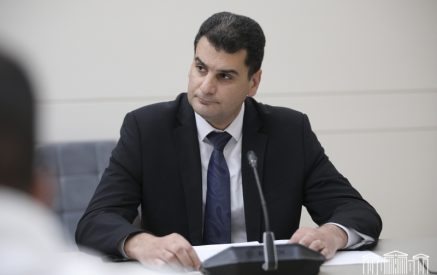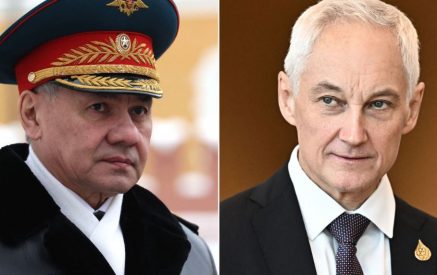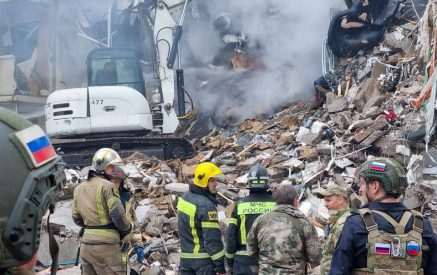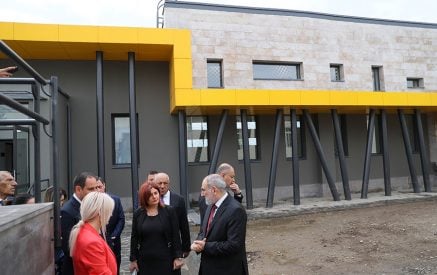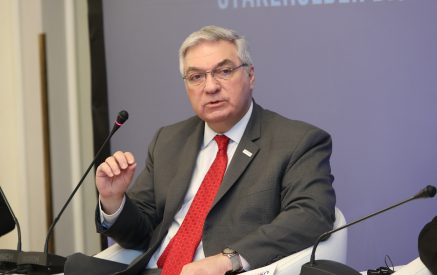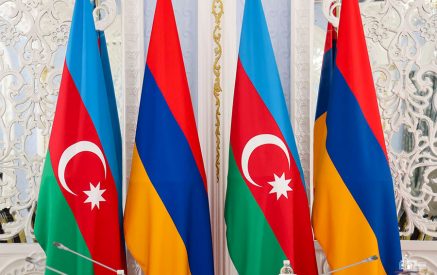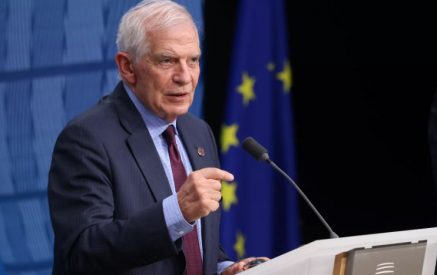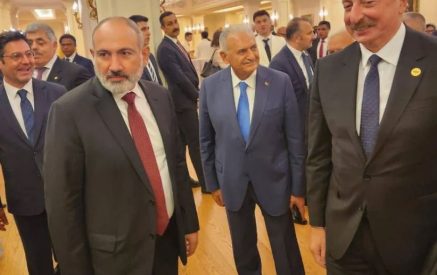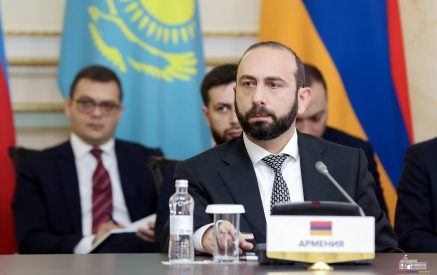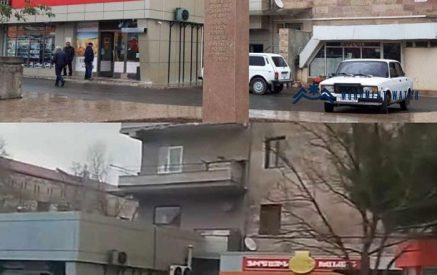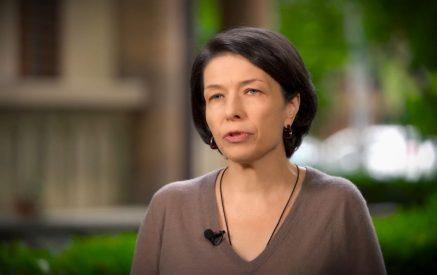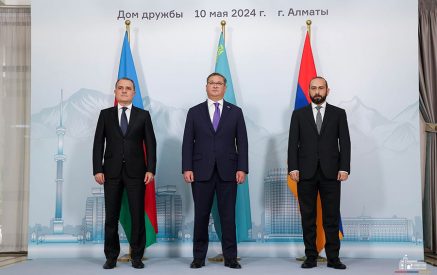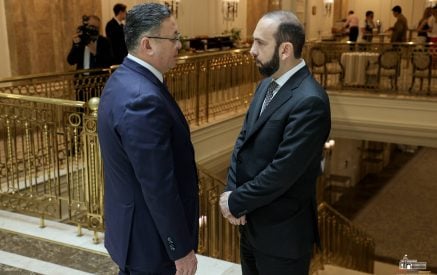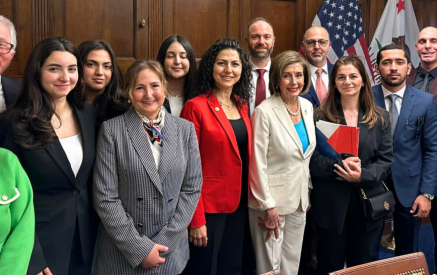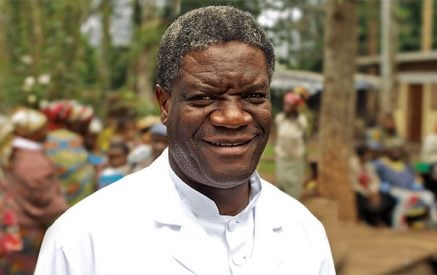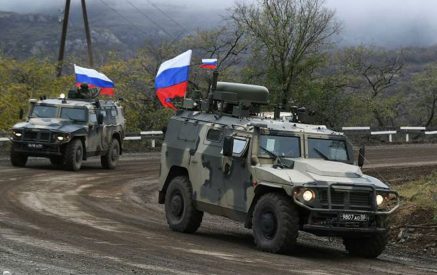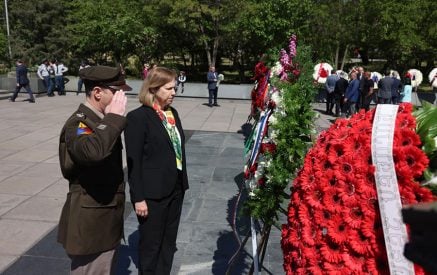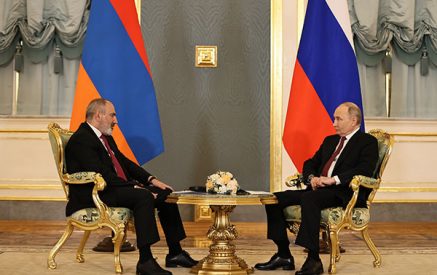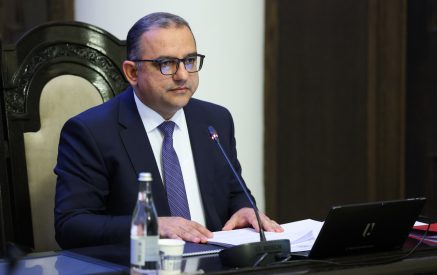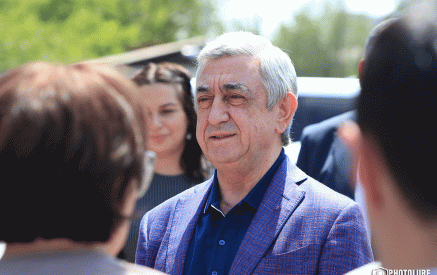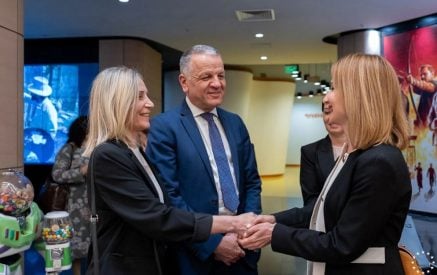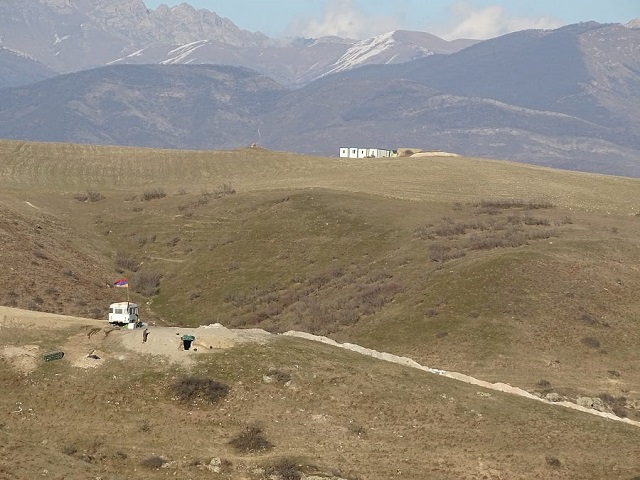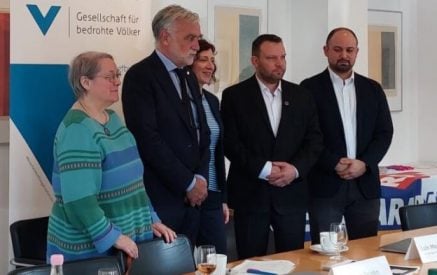The Armenian Weekly. While the fighting between Armenia and Azerbaijan has ended, uncertainty prevails in Armenia’s borderlands, where residents now live side-by-side with Azerbaijan’s Armed Forces stationed on a border that for decades was considered porous.
Under the November 9 trilateral ceasefire agreement ending the 2020 Artsakh War, Azerbaijan gained control over a number of territories, including three districts, Zangelan, Qubatlu and Kelbajar, that had previously served as a buffer zone between Armenia and Artsakh. Modern GPS systems and old Soviet-era maps were deployed to delimit the new international boundary between Armenia and Azerbaijan. Consequently, lands that for three decades had served as pasture for villagers from the Armenian provinces of Syunik and Gegharkunik are now patrolled by Azerbaijani soldiers. Local residents and officials have resounded calls of human rights violations arising from the presence of the Azerbaijani military in the areas where civilians pursue their daily activities.
On February 14 the Office of the Human Rights Defender of Armenia Arman Tatoyan shared a video of Azerbaijani soldiers firing small and large caliber weapons in the immediate vicinity of the Agarak and Yeghvard villages of the Kapan community. The soldiers are stationed approximately half a mile away from the village of Agarak. The office says it receives alerts from the residents of Kapan villages of Azerbaijani military discharging firearms on a regular basis.
Russian border guards patrolled the area the next day to register the shooting. A new base of Russian peacekeepers has been established near Agarak in order to monitor the border. This incident represents one of many recorded by Armenia’s Human Rights Defender in which the security of border residents is jeopardized by the close proximity of Azerbaijani soldiers.
Read also
Since the 1990s, villagers have crossed the border into Artsakh to graze their cattle. The border between Armenia and these districts has hardened with the return of these territories to Azerbaijan, restricting villagers’ access to former pasturelands. As villagers adapt to the new working conditions, the proximity of Azerbaijani soldiers to their farmlands has resulted in property rights violations.
In one encounter recorded on February 11, Azerbaijani troops stole 173 sheep from a farmer from the village of Khndzoresk in the Syunik province. While the farmer’s livestock were grazing, several approached the area controlled by Azerbaijani soldiers, where they were historically accustomed to grazing. The animals were returned following negotiations by Armenian border troops.
The Human Rights Defender’s office has repeatedly declared that the ongoing border demarcation process must take into account the protection of the rights of residents of border settlements, including the rights to life, property and physical security. “All of these once again confirm that in the immediate vicinity of Syunik communities, and on the roads connecting those communities, there should not be any Azerbaijani military forces,” Tatoyan stated following the shooting near Agarak. “The presence of these forces seriously endangers the rights of Armenian civilians, disturbs their peace and peaceful life.”
In light of the geographic changes following the end of the war, 39 settlements in Syunik and Gegharkunik have received the status of border communities. The 14,000 residents of these communities will be the beneficiaries of the social assistance program currently in place for 38 border settlements in the Ararat, Gegharkunik, Vayots Dzor and Tavush provinces. Under the program, residents’ real estate tax is reimbursed by the government along with half of their electricity, irrigation water and natural gas usage. School textbooks are also provided to students free of charge. The villages recently designated as border communities include Davit Bek in the Kapan community, which was the target of several attacks during the war, and Vorotan and Shournoukh in the Goris community, where several residents lost their homes in the course of the border demarcation process.
Residents of other communities are petitioning for their villages to be included in the list. Deputy Mayor of Goris Irina Yolyan expressed her hope that the exclusion of Karahunj and Khndzoresk, the site of the recent animal theft, represented a technical error by the Ministry of Labor and Social Affairs. “It is impossible to bring the enemy under the noses of residents and pretend that everything is fine,” she wrote. “The residents of these villages are forced to share their fields and pastures with the enemy. In Khndzoresk, Azerbaijanis forbid villagers from managing their own fields. Cattle must be taken to graze, but where? The situation is the same in Karahunj. People constantly resound calls that the border demarcations are being carried out with unfair mechanisms; they are losing territories, and the enemy stands just a few meters away.”
International attention will remain on Syunik as the route connecting Nakhichevan and Azerbaijan is constructed through Meghri under the terms of the recent agreement to unblock regional transport and economic corridors. Azerbaijan’s president Ilham Aliyev provoked concerns when he referred to the route as the “Nakhichevan Corridor.” Armenian Ministry of Foreign Affairs spokesperson Anna Naghdalyan refuted this claim, stating, “Any road or communication route passing through the territory of Armenia will exclusively be under the sovereignty and jurisdiction of Armenia.”
In the international arena, the Armenia-European Union Comprehensive and Enhanced Partnership Agreement (CEPA) will enter into force on March 1, 2021. The agreement outlines bilateral cooperation between Armenia and the European Union (EU) in a wide range of spheres including economic and trade relations, judicial reform and scientific advancement.
CEPA was signed on November 24, 2017 at the Eastern Partnership Summit in Brussels and has provisionally applied since June of 2018. On February 10, 2021, the EU notified Armenia that it had completed the ratification process by all of its member states.
Notably, CEPA includes the possibility of moving toward a visa-free regime between Armenia and the EU with the continued implementation of the 2014 Visa-Facilitation Agreement. It also promotes energy efficiency and the use of renewable energy sources in Armenia, partly through the closure and safe decommissioning of the Medzamor nuclear power plant and its replacement with new capacity to ensure the country’s energy security.
CEPA also references the Artsakh conflict, asserting the EU’s commitment to the “lasting settlement of the Nagorno-Karabakh (Artsakh) conflict, and the need to achieve that settlement as early as possible, in the framework of the negotiations led by the OSCE Minsk Group co-chairs” and on the basis of “the territorial integrity of States, and the equal rights and self-determination of peoples.”
Since 2009 Armenia has been a member of the Eastern Partnership (EaP) with the EU. The goal of the EaP is to “accelerate political association and deepen economic integration” between the EU and its neighbors in Eastern Europe and the South Caucasus through a “mutual commitment to common values” including democracy and human rights, the rule of law, good governance, market economy principles and sustainable development. Armenia has also been part of the Eurasian Economic Union (EAEU) since 2014 with Russia, Belarus, Kazakhstan and Kyrgyzstan.
The ratification of CEPA comes at a low point in Armenian-EU relations. Based on an opinion survey conducted in June of 2020, positive public opinion of the EU was on the rise in Armenia at the time. That month 60-percent of people reported trust in the EU as compared to 51-percent trusting in the EAEU. However, public opinion of the EU has significantly deteriorated in light of the recent war and discontent with the lack of European intervention in the conflict. Meanwhile Armenian relations with Russia have strengthened with the signature of the trilateral ceasefire agreement and subsequent economic agreements.
In 2020, trade with EU countries accounted for 18-percent of Armenia’s total trade. The EU is Armenia’s second biggest market with a 21.9-percent share in total Armenian exports and a 19.5-percent share in total Armenian imports. To contrast, in 2020 trade with EAEU countries accounted for 31.7-percent of Armenia’s total trade. Trade with Russia alone accounted for 30.3-percent of total trade.
Lillian Avedian

